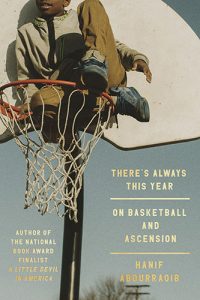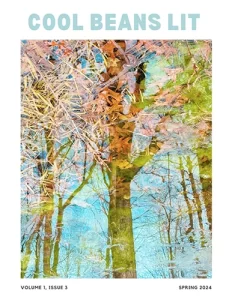Left Curve – 2011
Number 35
2011
Annual
Vanessa Willoughby
On the back cover of Left Curve, Franz Kafka proclaims, “The spark which constitutes our conscious life must bridge the gap of the contradiction [between inward and outward] and leap one pole to the other, so that for one moment we can see the world as if revealed in a flash of lightning.” In this issue, authors strive to bridge the gap between the academic and the political, the enlightened intellectual and the deeply philosophical. Unlike other literary journals, Left Curve prides itself on its lofty ambitions of analyzing and even criticizing the effects of cultural modernity. Infused with the fire of devoted and headstrong liberals, many of the essays featured in the magazine cover an array of topics, from the recent Wall Street financial meltdown to the importance of animal equality. The selection and depth of material can be rather daunting, though prepared with the right mindset, can be pleasantly challenging and enlightening.
On the back cover of Left Curve, Franz Kafka proclaims, “The spark which constitutes our conscious life must bridge the gap of the contradiction [between inward and outward] and leap one pole to the other, so that for one moment we can see the world as if revealed in a flash of lightning.” In this issue, authors strive to bridge the gap between the academic and the political, the enlightened intellectual and the deeply philosophical. Unlike other literary journals, Left Curve prides itself on its lofty ambitions of analyzing and even criticizing the effects of cultural modernity. Infused with the fire of devoted and headstrong liberals, many of the essays featured in the magazine cover an array of topics, from the recent Wall Street financial meltdown to the importance of animal equality. The selection and depth of material can be rather daunting, though prepared with the right mindset, can be pleasantly challenging and enlightening.
P.J. Laska’s essay, “Nightfall for AWOL: The Dimming of the Dream & the Search for an Alternative,” is just as detailed and intricately layered as it sounds. In the brief introduction, Laska uses Wall Street: Money Never Sleeps, Oliver Stone’s sequel to his 1987 film, Wall Street, as both a cultural and political metaphor. He argues, “With the introduction of computer software working in place of humans, however, money can be made buying and selling securities even when greed is asleep or taking a lunch break.” Laska aims to dissect the recession, first by tracing its deep-seated roots. For the author, the seeds were planted with the beginning of Ronald Reagan’s reign, which was, in fact, “a not-so-covert effort to reverse the social and economic democratization of AWOL that began with FDR’s New Deal.” The sting of disappointment is evident throughout Laska’s critical essay, manifesting through his disdain for the smoke and mirrors tactics issued by our government. Additionally, the author addresses the oil crisis and the imminent dangers of global warming. The two topics are linked, as “Global capitalism, which is confronted with a planetary crisis amounting to a turning point in the dismal and disregard of the environment, will now be forced to deal with this crisis at a time when the oil production that has fueled its global success story has peaked.”
On the other hand, Laura Hudson seeks to bring fresh insight to the topic of animal rights. She proclaims, “Environmentalism and animal rights question what our relationship to the natural world and to animals should be.” Perhaps her confidence and strength of conviction come across as aggressive, but Hudson doesn’t dare back down. Although she does not romanticize nature, it does seem to embody some sort of mystical power, some enticing enchantment that is underrated and often dismissed. Animal rights and the advancement of human civilization should not be viewed as two independent subjects. Rather, they are cohabiting entities that are mutually beneficial.
Somewhat reminiscent of Chuck Palahniuk, Ted Dace’s “Animals and Monsters” essay uses metaphor and colorful imagery to satirize the deconstruction of human vitality. Dace uses figurative labels such as “vampire” and “zombie” to describe the assortment of social figures that have been zapped of their humanity and instead have surrendered to the soul-sucking aftermath of cutting all ties to the natural world. The author forces readers to consider the frightening possibility that they, too, could be a member of the previously described pack of monsters.
Although some readers may be turned off by Left Curve’s obvious commitment to hard-hitting political and cultural discussions, the magazine presents a credible forum for the ready and willing intellect. Other notable contributors include: Tamás St. Auby, Theodore A. Harris, E. San Juan, Jr., Anoinette Constable, and Changming Yuan.
[www.leftcurve.org]




